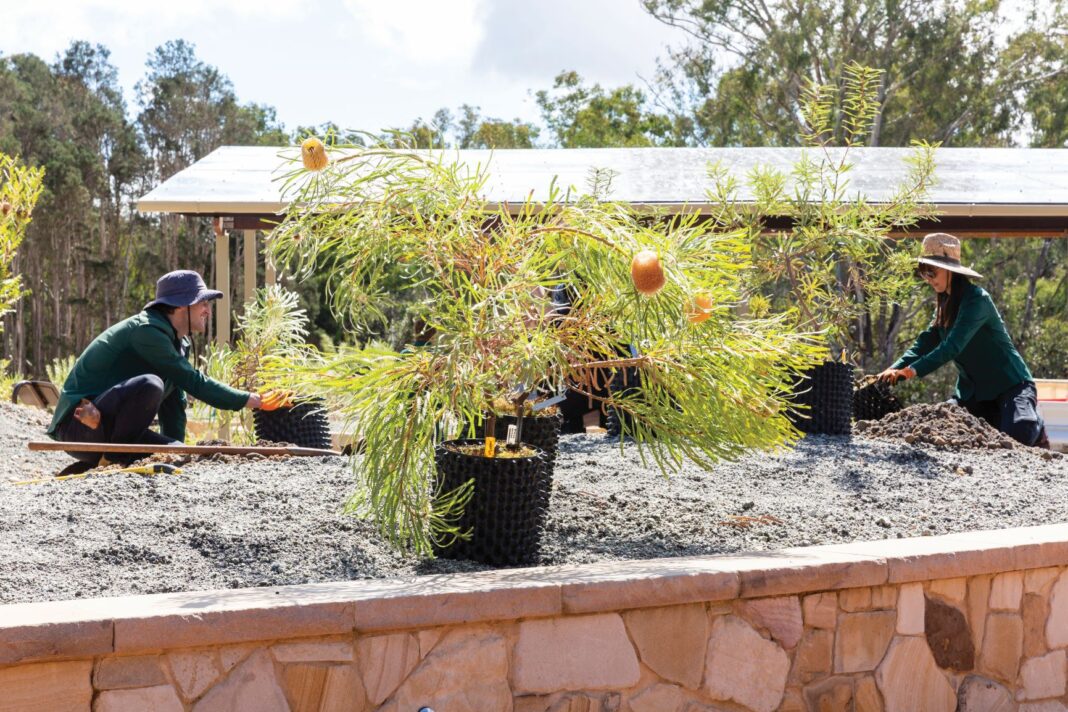Originally opened on 20 October 1970, the Australian National Botanic Gardens turn 50 this month, and is celebrating in a subdued fashion due to the pandemic.
Having initially been considered in the early 1930s, it was picked up post World War II by South Australian research forester Lindsay Pryor, who then championed the project until the late 1950s.
By 1967, the Gardens opened to the public with interpretive signs placed along the paths to complement the extensive labelling of plants, but even after decades of planning it wasn’t until 1970 that the Gardens were officially opened by then Prime Minister, John Gorton.
It was nearly 40 years in the making, and now 50 years after opening, the Gardens is celebrating the golden milestone – staff had planned a host of events to run over the course of 2020, however most have been cancelled.
A small, physically-distanced gathering for the opening of their new Banksia Garden will be held next week, but otherwise people are encouraged to celebrate by paying the Gardens a visit.
Australian National Botanic Gardens executive director Dr Judy West told Canberra Daily she has noticed a significant uptake in visitors as we’ve moved into spring and encouraged people to get along and take it all in at this magnificent time of the year.
“One of the things we don’t quite know why, but since opening up after COVID in May we’ve seen high visitation,” she said. “People rediscovered us.”
There’s a lot more to the Gardens than meets the eye on a wander through.
It was been designed and established as a scientific institution; its location on the slopes of Black Mountain near the ANU and CSIRO is no accident.
“It’s still the only botanic garden that’s totally native in Australia and it’s not common in the world for gardens to represent national flora only,” Dr West said.
To this day, the Gardens continue to serve an important role with respect to conservation and research.
“With the recovery response from bushfires, we’ve been able to assist greatly with information on seeds and how you grow them looking at species that have been heavily burnt,” Dr West said.
“In analysis done after the fires, we’ve used information not just from living plants in the Gardens but also our databases indicating where species come from.”
Looking ahead, Dr West said the Gardens will continue to flourish in the safe hands of their highly qualified staff across horticulture, science, visitor experience and communications, and of course, with the generosity of the Friends of the Botanic Gardens.
For more news:



